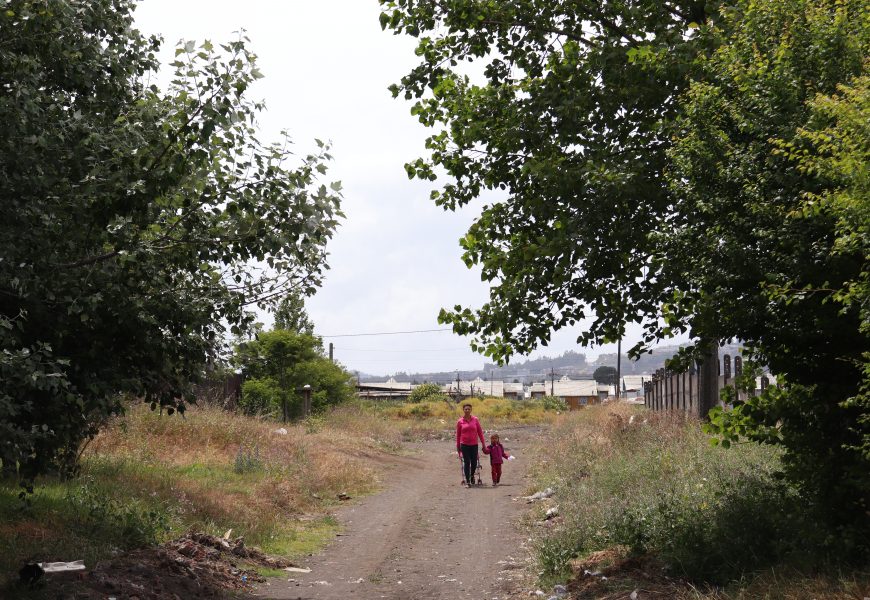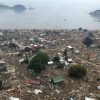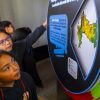Covid-19 made visible a series of inequalities in the territories, among them the little accessibility to green areas and quality public spaces, which is more evident in neighborhoods that have been violated by urban planning and in many cases also by the State. The Choose to Live Healthy programe has been a relief for many quarantined communities that can exercise or go for a walk, but can it be done in all the neighborhoods of Chile?
By Gonzalo Medina / gomedina@udec.cl
/ Photographies Camila Barraza, Carla Durán, Jorge Pavéz,
Urban Laboratory Team CEDEUS UdeC.
Walking is a mean of transportation that the vast majority of people have Access to, regardless of people socioeconomic characteristics. However, the poorest part of the population of the metropolitan area of Concepción, also known as the Great Concepción, walks considerable more compared to the wealthier. According to the Origin Destination Survey (EOD) of the year 2015 of the Ministry of Transport (SECTRA, 2017), the high-income sectors of the Great Concepción produce almost twice of the many daily trips in all means of transportation compared to those with lower income. This shows the possibility of doing more activities and moving more freely, because of the greater purchasing power.
In this context, the UdeC Urban Laboratory team of the Center for Sustainable Urban Development CEDEUS, investigated the citizen perception of walkability in the San Pedro de la Costa neighborhood, located in San Pedro de la Paz commune, through different tools, such as dialogue with social organizations and neighbors, participatory mapping and commented walks, which were complemented by the use of StrideApp, an application developed by CEDEUS to assess walkability on the ground based on three criteria: safety, design and infrastructure. This allows you to create a map of the neighborhood to know where the best walking conditions are and to identify the weak or non-walkable points.
In San Pedro de la Paz, the motorization rate (vehicules per household) is much higher than the average for the Concepción metropolitan area (0.78 versus 0.52, according to the aforementioned EOD), but it seems that the city’s neighborhoods do not have (the characteristics necessary) what it takes for a safe, efficient and, above all, pleasant walk.
According to Daniel Sandoval, in charge of Urban Laboratories, “the exercise of walking with the neighbors themselves allowed to recognize the main milestones and neighborhood destinations, as well as the identification of the most used routes by the community in their daily trips on foot”.
Among the identified elements, the following stand out: lack of urbanization in vacant lands; Insecurity in the streets and limitation of the use of public space for the community; dangerous crossings and speeding cars; poor condition of public spaces such as walkways, parks and green areas; lack of meeting points and leisure spaces for the community; and segregation, marginalization and stigmatization.
Regarding the last point, Daniel Sandoval explains that the fact that “the neighboring communities (contruct) build walls in passages and accesses, it limits the transit of people through the sector and it also causes strong socio-aesthetic perceptions of marginalization and segregation in the community of San Pedro de la Costa”.
These elements trigger a negative perception of public space in people, who even in a pandemic are prevented, for example, from using the Choose to Live Healthy area of the Ministry of Health, since they could feel a high sense of insecurity when leaving their homes, in places with little sunlight, or even the possibility to suffer some kind of accident. The research shows that communities and cities must provide services such as green areas and quality public spaces, as well as elements such as lighting and streets in better conditions to promote sustainable mobility.
For more information, please go to the Application StrideApp: http://strideapp.cedeus.cl/loginhttp://strideapp.cedeus.cl/login
Last modified: 29 de agosto de 2025





